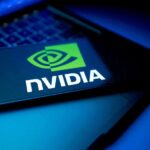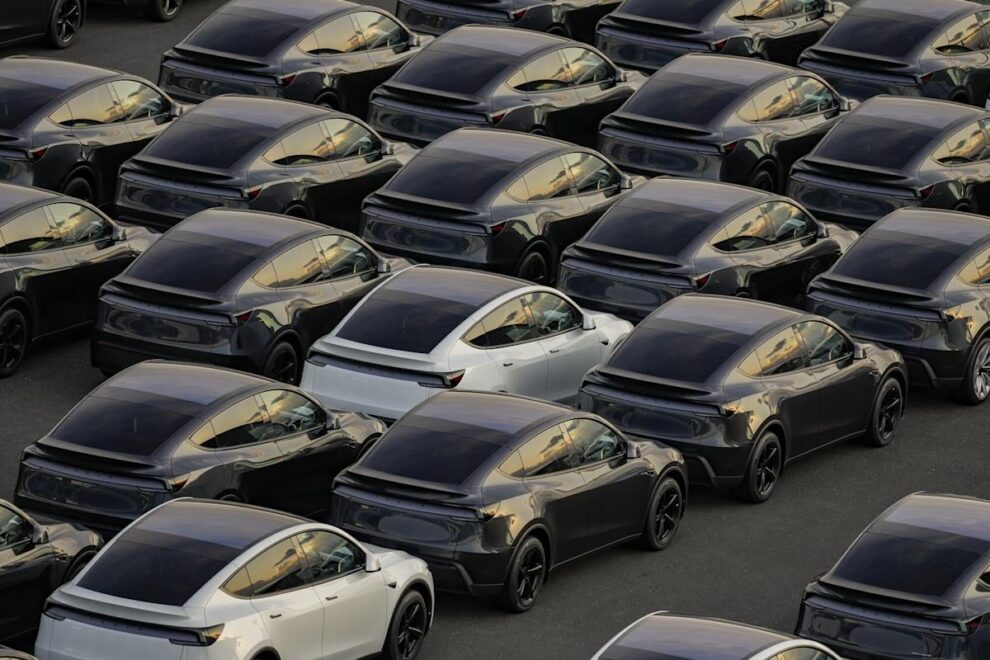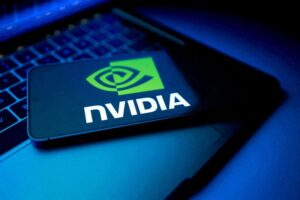
(Bloomberg) — Tesla Inc. is disbanding its Dojo team and its leader will leave the company, according to people familiar with the matter, upending the automaker’s effort to build an in-house supercomputer for developing driverless-vehicle technology.
Most Read from Bloomberg
Peter Bannon, who was heading up Dojo, is leaving and Chief Executive Officer Elon Musk has ordered the effort to be shut down, according to the people, who asked not to be identified discussing internal matters. The team has lost about 20 workers recently to newly formed DensityAI, and remaining Dojo workers are being reassigned to other data center and compute projects within Tesla, the people said.
Tesla plans to increase its reliance on external technology partners, including Nvidia Corp. and Advanced Micro Devices Inc. for compute and Samsung Electronics Co. for chip manufacturing, the people said.
Musk’s order marks a major shift for a program years in the making, with Dojo once positioned as central to Tesla’s multibillion-dollar effort to pull ahead in the artificial intelligence race. Tesla and Bannon didn’t respond to requests for comment.
After Bloomberg News first reported the developments, Musk confirmed Tesla’s change in approach, writing on X that the next-generation AI chips going into the company’s vehicles “will be excellent for inference and at least pretty good for training. All effort is focused on that.”
Tesla shares traded down as much as 0.7% as of 4 a.m. Friday in New York, before the start of regular trading. The stock has fallen 20% this year.
Dojo is a Tesla-designed supercomputer used to train the machine-learning models behind the electric-vehicle maker’s Autopilot and Full Self-Driving systems, as well as its Optimus humanoid robot. It’s based on a custom in-house chip known as D1 and was meant to be used in training AI models.
The computer takes in video data captured by vehicles and rapidly processes it to improve the company’s algorithms. Analysts have said Dojo could be a key competitive advantage, with Morgan Stanley estimating in 2023 that it could eventually add $500 billion to Tesla’s market value.
DensityAI, which is poised to come out of stealth soon, is working on chips, hardware and software that will power data centers for AI that are used in robotics, by AI agents and for automotive applications, among other sectors, Bloomberg reported this week. The company was founded by Ganesh Venkataramanan, the former head of Dojo, and ex-Tesla employees Bill Chang and Ben Floering.
Talent Drain
Tesla has seen an exodus of key talent this year as it grapples with rising competition, falling sales and a consumer backlash to Musk’s political activity. Milan Kovac, the head of engineering for Optimus, and David Lau, vice president of software engineering, left earlier this year. Bloomberg also reported in June that longtime Musk confidant Omead Afshar had parted ways with the company.
The EV maker reached a $16.5 billion deal last month with Samsung to secure AI semiconductors through 2033. The plan is for an upcoming plant in Texas to produce Tesla’s next-generation AI6 chip, diversifying Tesla’s sourcing beyond leading chipmaker Taiwan Semiconductor Manufacturing Co.
Musk hinted at a strategic pivot during Tesla’s most recent quarterly earnings call, suggesting future iterations of the company’s in-house technology could converge with that of its partners. “Thinking about Dojo 3 and the AI6 inference chip, it seems like intuitively, we want to try to find convergence there, where it’s basically the same chip,” Musk said on the July 23 call.
Tesla’s CEO also let on early last year that the company might not pursue Dojo in perpetuity, and that it may instead lean more on external partners.
“We’re pursuing the dual path of Nvidia and Dojo,” Musk said in January 2024. “I would think of Dojo as a long shot. It’s a long shot worth taking because the payoff is potentially very high. But it’s not something that is a high probability. It’s not like a sure thing at all.”
(Updates with early trading in the sixth paragraph.)
Most Read from Bloomberg Businessweek
©2025 Bloomberg L.P.






